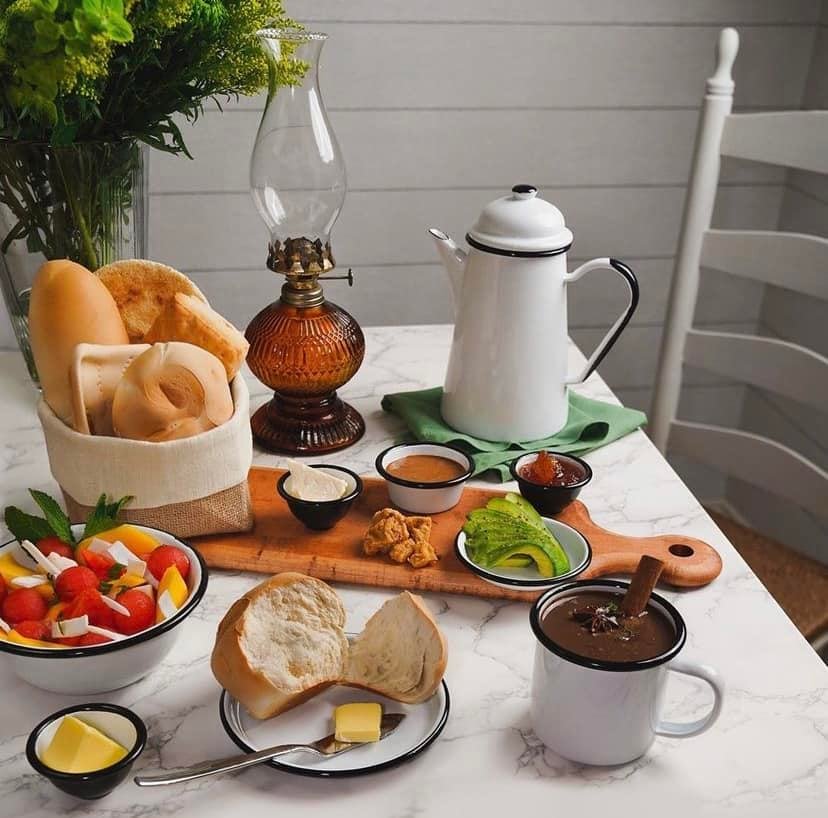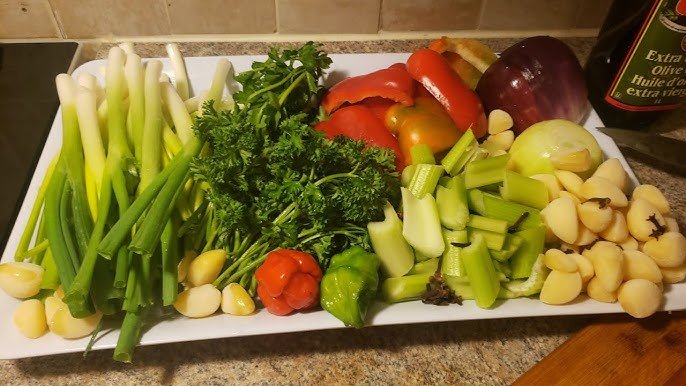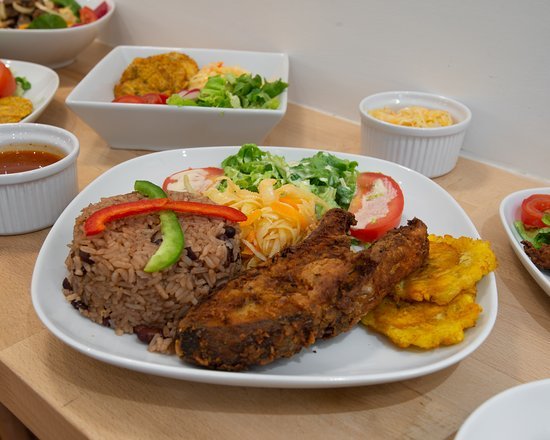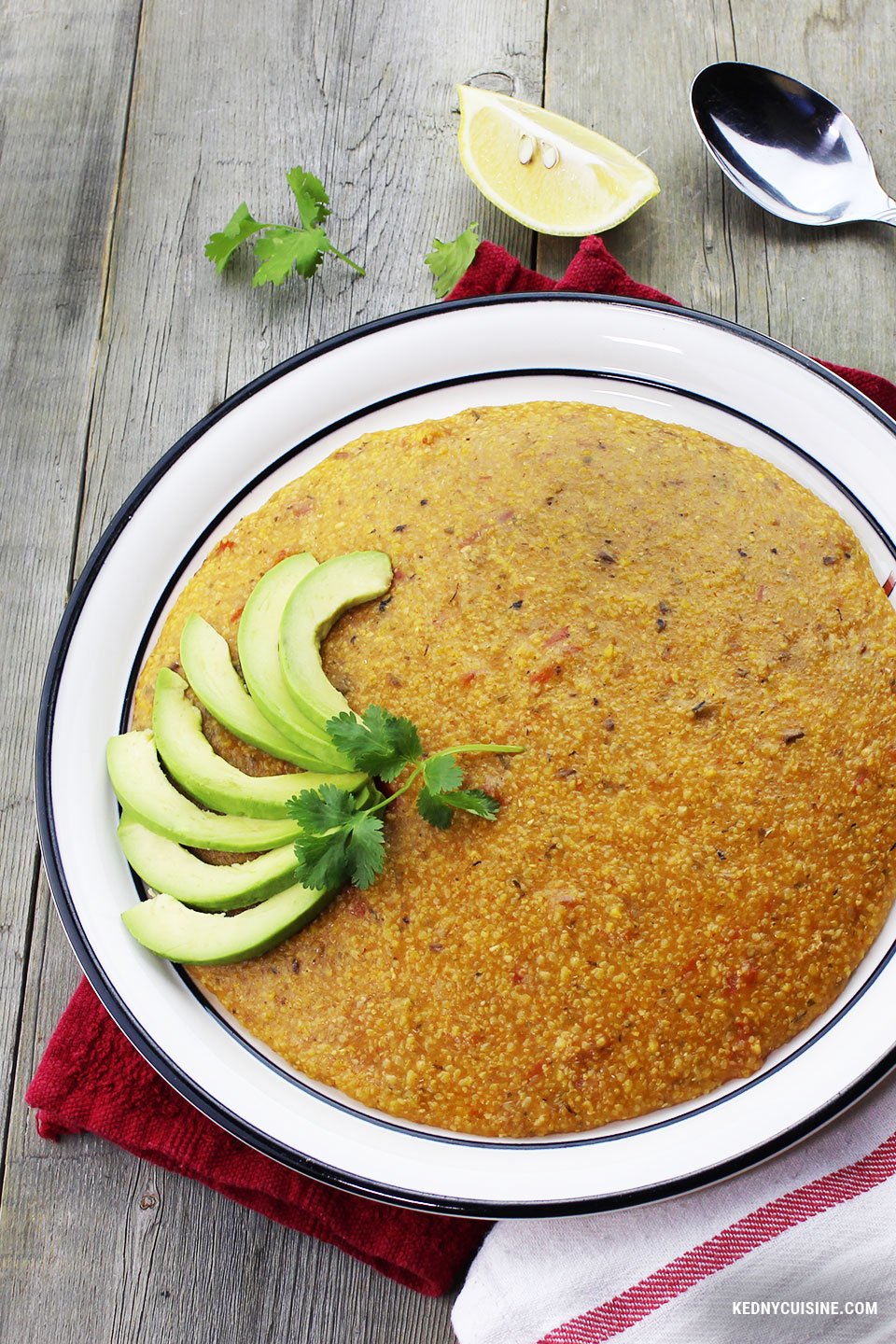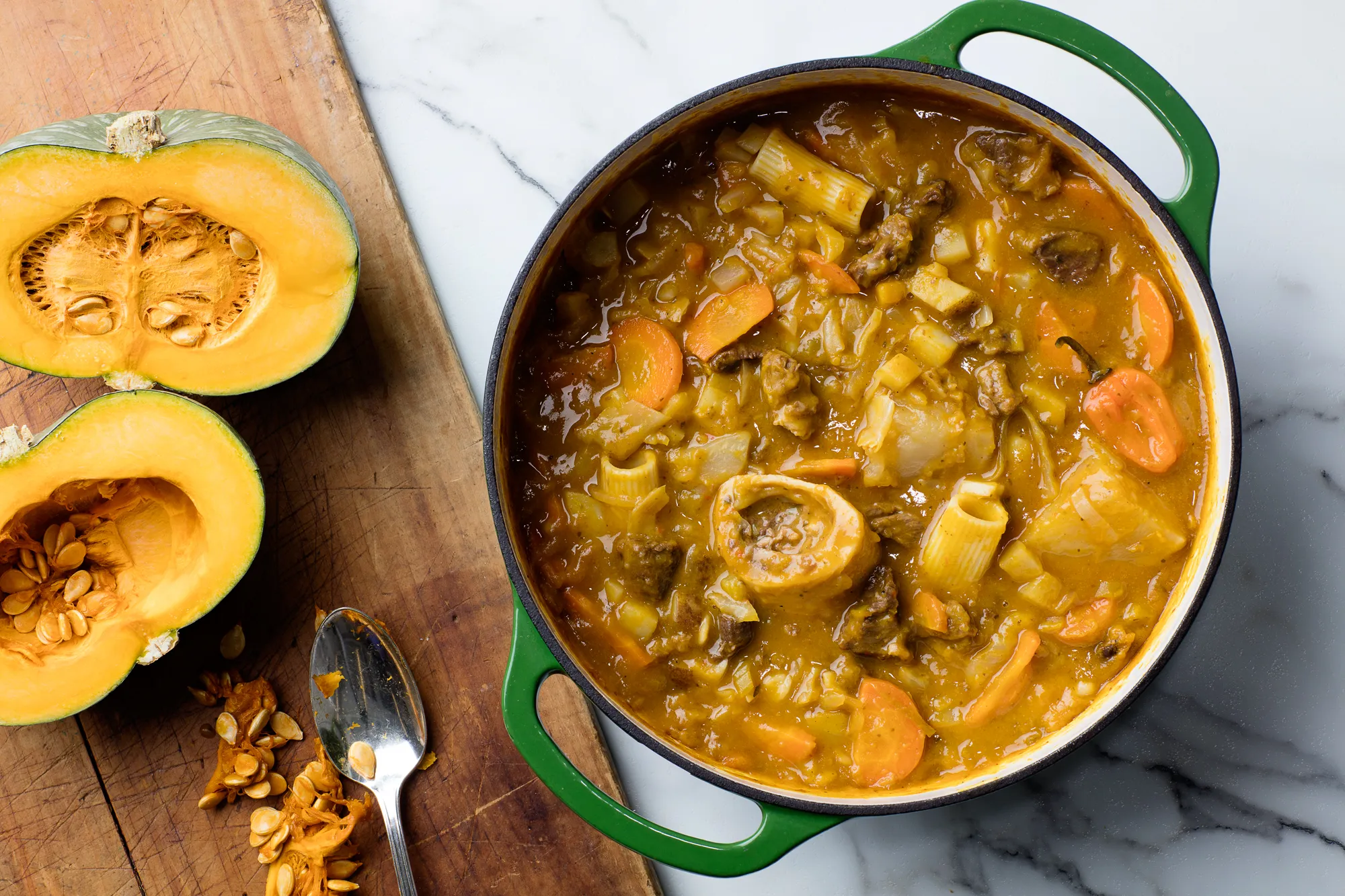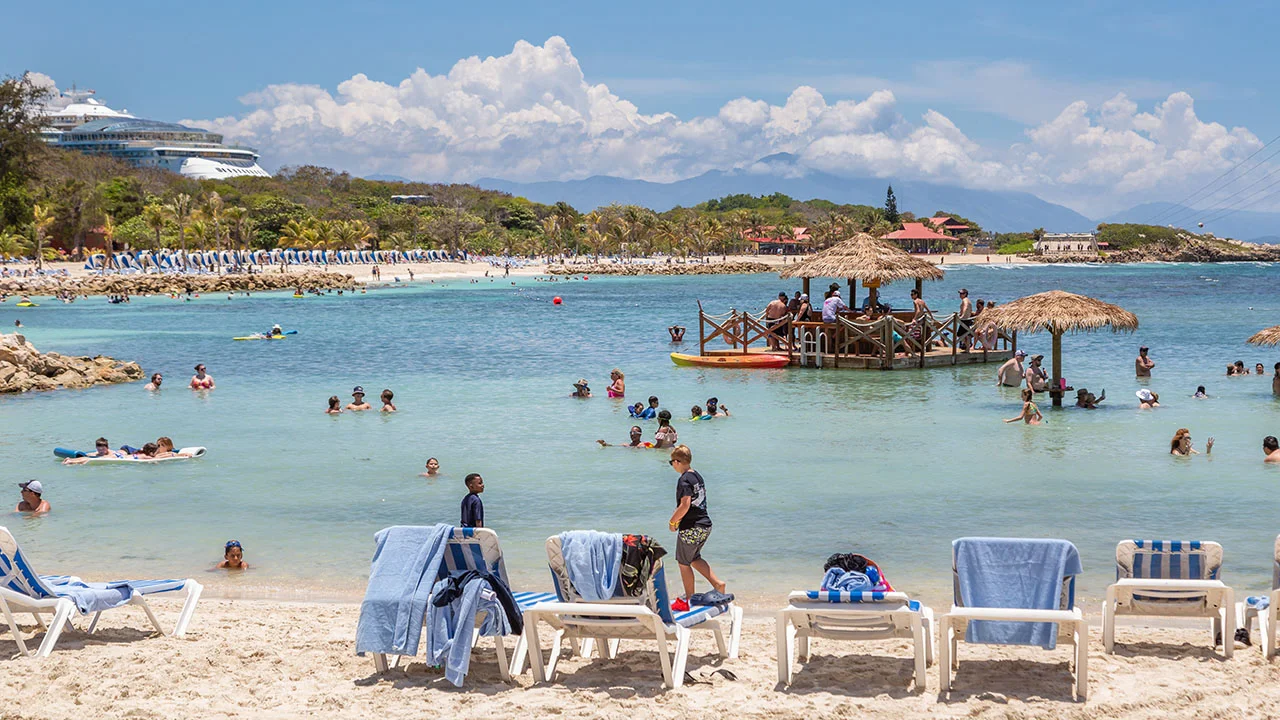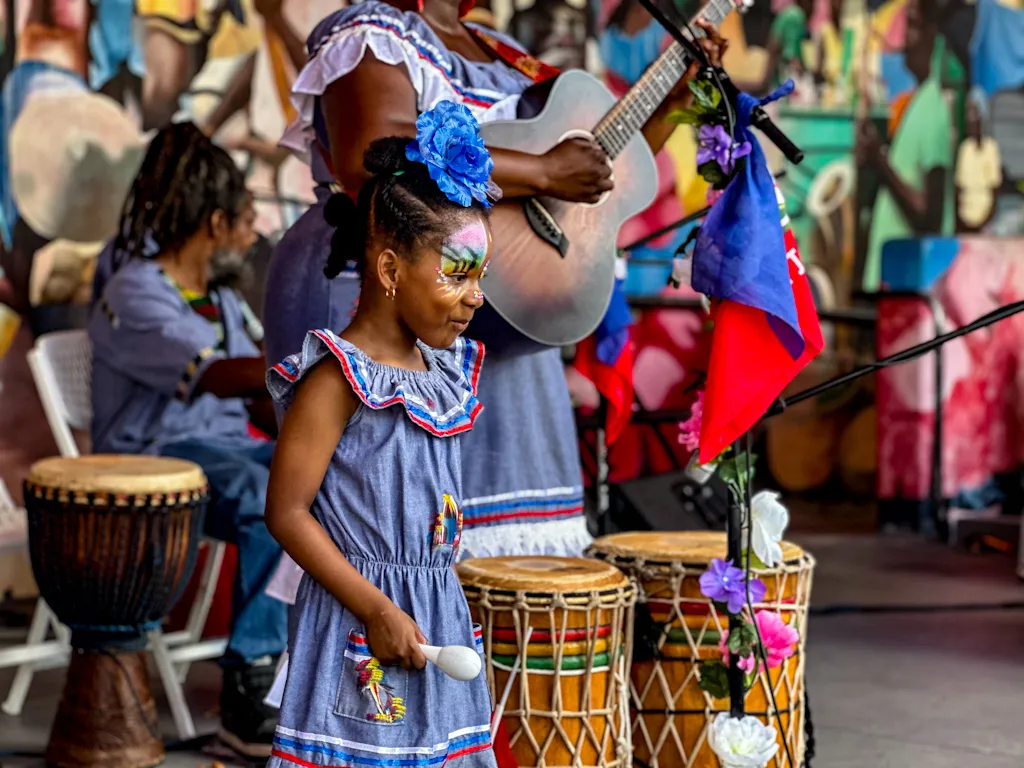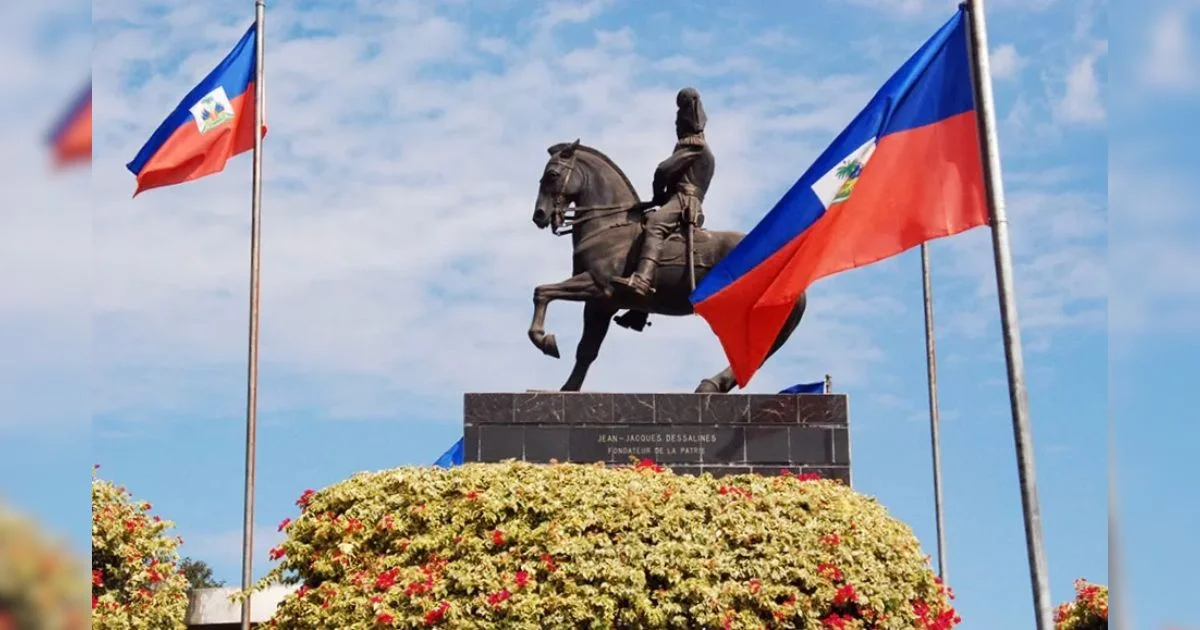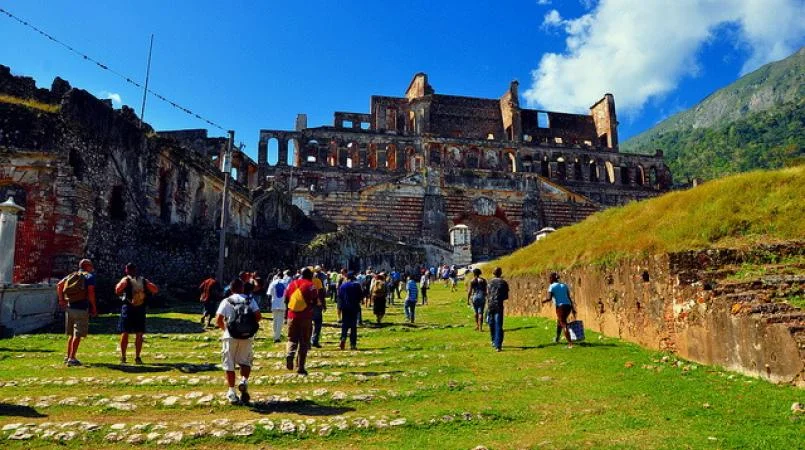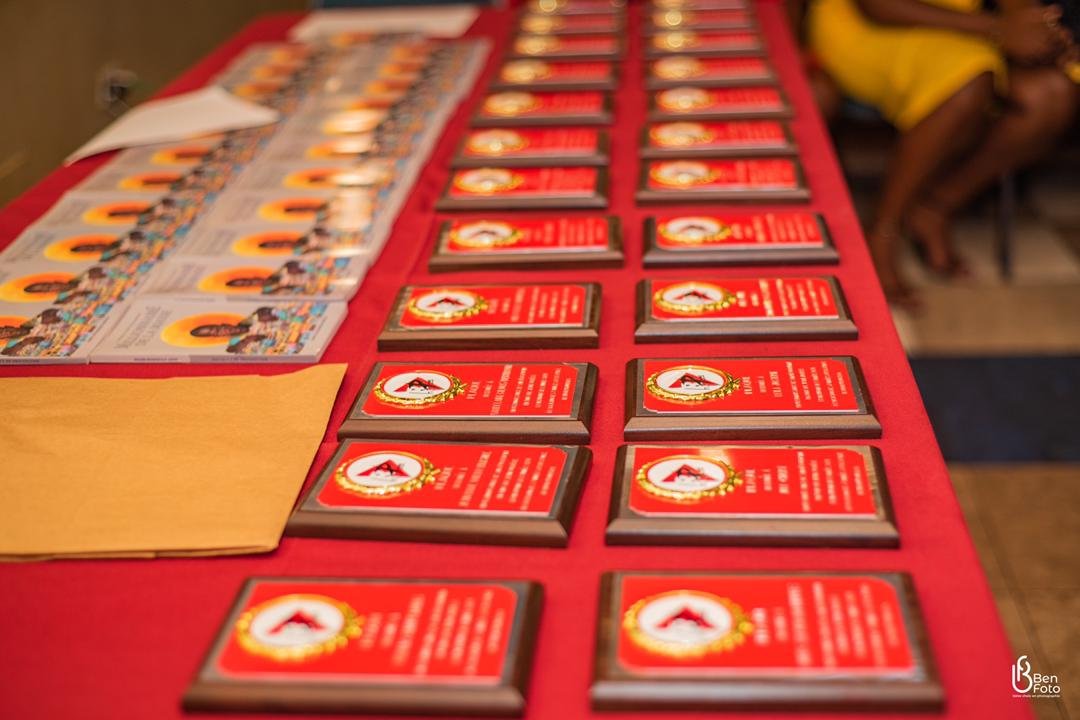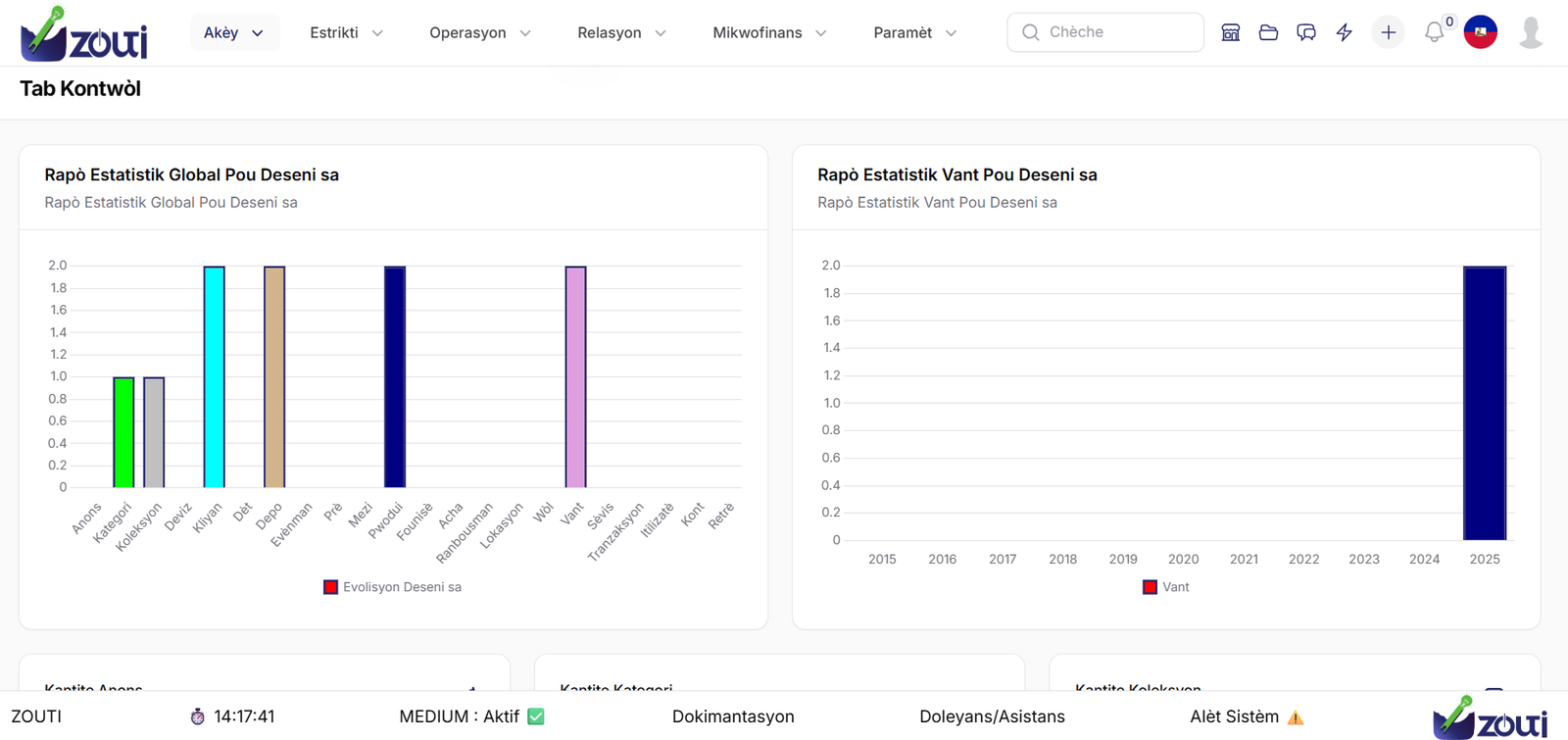Le lalo haïtien est un plat emblématique de la cuisine traditionnelle du Sud d’Haïti, notamment populaire dans la région des Cayes. Riche en saveurs et profondément ancré dans la culture culinaire locale, ce mets est préparé à base de feuilles de lalo (corète potagère), de porc, et de crabe, mijotés lentement avec un mélange d’épices créoles. Sa texture légèrement visqueuse, héritée des feuilles de lalo, peut surprendre, mais elle contribue à l’authenticité et à l’onctuosité du plat.
Dans cet article, découvrez la recette complète du lalo haïtien, avec des conseils pratiques pour réussir ce plat comme un vrai chef haïtien. Que vous soyez curieux de goûter à un plat traditionnel ou que vous souhaitiez renouer avec vos racines, cette recette vous offre un véritable voyage gustatif au cœur d’Haïti.
Ingrédients :
- 12 tasses de feuilles de lalo séchées
- 2,5 lb de pattes de porc en rondelles
- 1 kg de pattes de crabe fraîches ou congelées
- 1 lb de flanc de porc avec peau, coupé en cubes
- 9 tasses d’eau
- 1 oignon
- 1 bouquet de persil frais
- 4 à 5 branches de thym frais
- 5 gousses d’ail
- 2 piments verts doux
- 3 oignons verts
- 2 cubes de bouillon de poulet (2x 67g)
- 90 ml de sauce de poisson (Nuoc-mâm)
- 5 c. à soupe (75 ml) d’huile de canola ou d’olive
- 1 piment scotch bonnet
- Sel au goût
- Poivre au goût
- Rendement : 6-8 portions
Préparation (2h30)
1. Faire tremper les feuilles de lalo dans 8 tasses d’eau pendant au moins 3 heures ou toute une nuit.
2. Pour préparer le mélange d’épices, broyer l’oignon, les oignons verts, le persil, l’ail, les cubes de bouillon de poulet, le piment et 4 c. à soupe d’huile jusqu’à consistance homogène.
3. Faire bouillir les pattes de porc pendant 3 à 5 minutes dans l’eau bouillante pour éliminer l’écume.
4. Dans une grande casserole avec couvercle, ajouter le reste de l’huile (1 c. à soupe) et faire dorer les morceaux de flanc avec le thym pendant 5 minutes.
5. Ajouter les pattes de porc, puis mélanger avec le mélange d’épices, la sauce de poisson et le crabe.
6. Retirer les pattes de crabe, puis verser le lalo avec l’eau de trempage sur les pattes de porc et le flanc. Mélanger.
7. Remettre le crabe sur le lalo avec le piment scotch bonnet entier. Couvrir et laisser mijoter à feu moyen pendant 2 heures.
Conseils pour un meilleur résultat :
- Faire tremper les feuilles de lalo dans l’eau la veille. Le liquide sera verdâtre et visqueux, à conserver pour la cuisson.
- Après avoir fait bouillir les pattes de porc, les retirer et les mettre de côté. Ne pas conserver le liquide.
- Pour dorer le flanc de porc, ajouter les branches de thym entières. Retirer les branches de thym avant de les mélanger avec le lalo.
- Couvrir la casserole et laisser mijoter à feu moyen pendant environ deux heures pour attendrir les tiges de lalo et les pattes de porc.
















